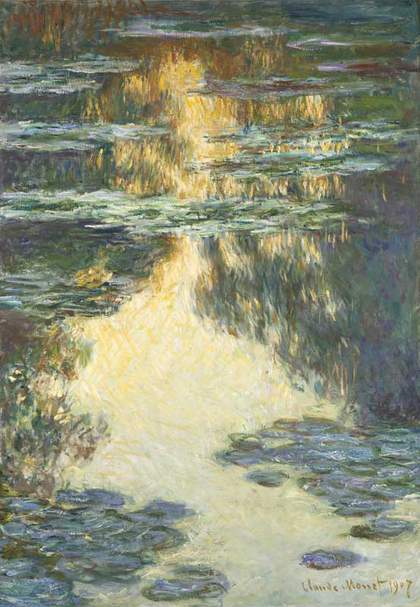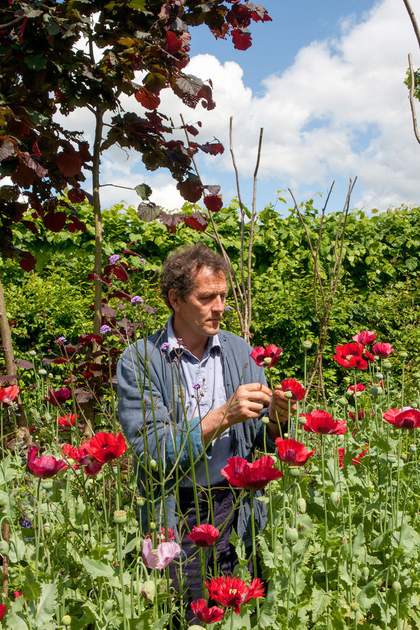Lose yourself in Monet's immersive waterlily paintings
In New York in the 1950s, a generation of abstract artists looked back at the late paintings of the French impressionist Claude Monet, finding close links with their own work.
In his garden in Normandy, Claude Monet had a pond filled with waterlilies. The surface of the pond offered an extraordinary challenge to him as a painter, combining a sense of the fluidity of water, the shifting patterns of reflected sky, and the plants floating in this ambiguous space. He began to explore the subject in the 1890s, and eventually constructed a special studio in which to paint huge canvases capturing the many variations.
In 1916, in the middle of the First World War, Monet confirmed his wish to donate a cycle of waterlily paintings to the French state. Though hampered by ill-health, he was very productive, and this painting is one of many from that period.
Although celebrated at the time, Monet’s late waterlilies were rediscovered thirty years later by a younger generation of abstract painters. Artists including Mark Rothko, Helen Frankenthaler and Cy Twombly admired Monet’s late paintings and found affinities with their own work. Like Monet, they worked on a large scale so that viewers could immerse themselves in the colour and expansive composition of their paintings.
Tate Modern



